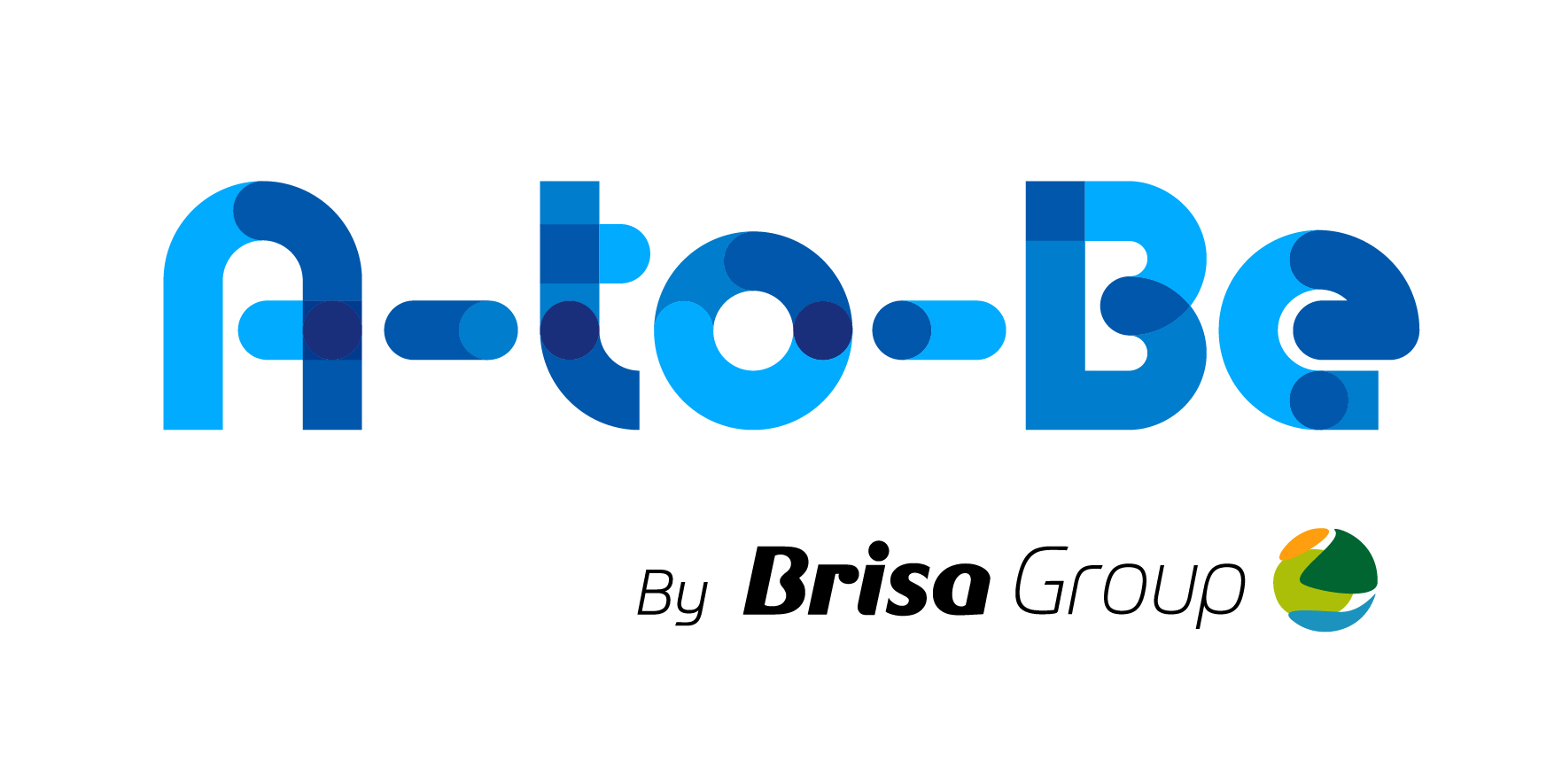![]()
![]()
ITS-IBus — JINI and Radio Identification Technologies underlying Interoperability through a Real Life Open Service Oriented Toll Management System for the Pan-European Motorway Network
Osório, L., Gonçalves C., Pereira, A., Antunes, B., Barrocas, N., Amador, A.The ITS-IBus (Intelligent Transport Systems Interoperability Bus) architecture was developed in Portugal in a join research project involving ISEL (an academic and research Institute), BRISA (the biggest motorway management company in Portugal) and WhatEverSoft (the first Sun Authorized Java Center in Portugal). It aimed to develop an open, service oriented architecture for a toll management system in order to promote interoperability among systems from different vendors and to the Pan-European motorways network. The ITS-IBus architecture is a peer-to-peer service architecture where discovery and advertisement mechanisms and event registration and subscription are used to establish a community of peer services running on systems (execution containers). These services present standard interfaces and implement toll specialized functionalities like car identification, car classification, and license plate recognition from others. The services run on systems that beyond the functional services, implement specialized system services (core services) like administration, configuration and security. The ITS-IBus was primarily motivated by the need for a “plug-and-work” infrastructure where systems from different vendors can be integrated in an open toll management system. Another challenge was established by the need to construct a Pan-European motorway toll infrastructure where cars can use the same payment facilities across all European countries. This talk presents and discusses a real life implementation of the ITS-IBus architecture using JINI and DSRC/RFID technology. In Portugal there is an automatic payment system named Via-Verde based on a car active identifier using DSRC technology, a kind of RFID using a 5.8 GHz wireless link between the road side equipment (the antenna system) and an on board unit in the car (tag/identifier).
Nevertheless, other payment technologies are expected to be adopted what results in additional specialized systems requiring to be integrated. Interoperability among such technological systems is of paramount importance considering that, for car owner transparency when crossing different motorways in different countries, it is necessary a background ICT infrastructure promoting interoperability at different levels – technology and processes. The talk will go behind the scenes into the interoperability issues and how they are solved used using jinni services that create an abstraction layer from tags / antenna vendors.
Even if JINI is the underlying technology used by the first toll management system following ITS-IBus architecture, other technologies are being valuated to implement its concepts. The JXTA, the Web Services and .NET are some of the technologies that are being used to consolidate ITS-IBus and to evaluate strategies to implement interoperability among services developed in different technologies.
